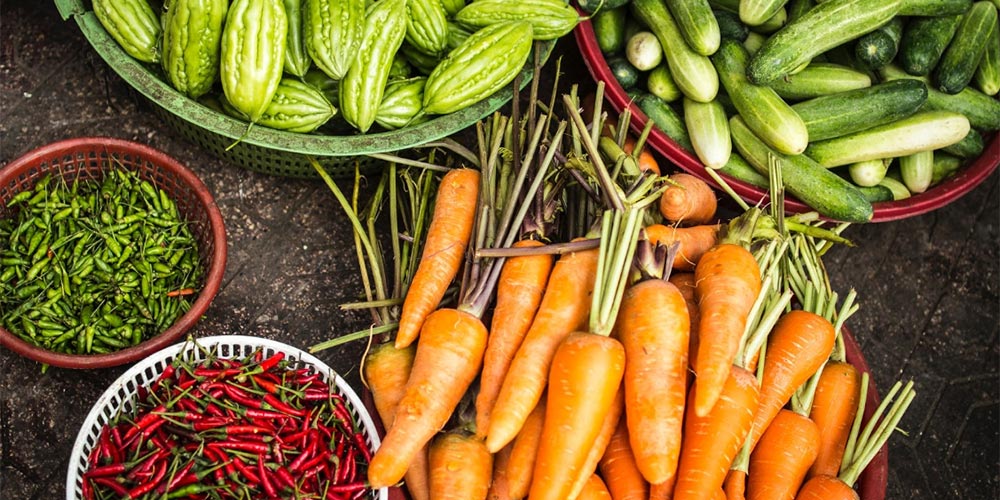
If you have a garden, then the thought of planting a bunch of veggies undoubtedly crosses your mind at leasts couple of times every spring. And if the daunting fear that those will bring even more complexion to your garden maintenance has stopped you up to now, with the expert tips we are about to offer you will no longer have any second thoughts.
What you need to know and do in advance?
Of course, planting and taking care of a food garden will require certain planning and strategizing and you better be well prepared in advance, if you dream to have it easier later on.
Know your soil
Different soil types require different type of watering and maintenance, but more importantly are fit for growing different types of food. The good news is that the best soil for a food garden contain a lot of compost and organic material, so even if your soil lacks those originally, you can fertilize it and prepare it for the season. The best soil wouldn’t be sandy or compacted, but will retain just as much water as is necessary. And you don’t need to be a soil scientist to assure this.
Plan your space
Complying with the climate and the weather conditions is crucial. Surely, you won’t be able to grow tropical fruits in misty and rainy UK spring or summer, but the truth is that while planning your food garden you need to go a step further. Here, knowing the microclimate of your garden is key for successfully planning your space. Consider whether a certain spot is especially wet or a certain part of the garden is almost always in the shade.
Choose your crops
The next item on the list is the choice of crops. The unwritten rule says that a greater variety is always better, as planting identical crops has a greater potential of attracting pests and disease. The other thing you need to consider is your personal taste. Think about the veggies and fruits you like and their applicability to your conditions and never be afraid to experiment.
How to create the ultimate vegetable garden?
Once you’ve done your homework and know what you are about to start and take care of, you are ready for some actions.
Plant your seeds indoors first
Almost all of the veggies you would like to plant grow very well from seeds. Sow your seeds indoors where the conditions will be more stable and favorable for the initial growth of the young plants. Tomatoes, peppers, celery, cucumbers, and lettuce are among the plants very fit for this planting scheme.
Replant them outside
Starting your garden indoors is the easy part. Moving it outside though is a bit more complicated. Transplanting the crops is always risky, so you better take some preemptive measures. A week in advance start acclimating your plants for outdoor conditions. Leave them in the sun for a bit longer everyday until you find them fit for actually planting them in the ground.
Water them regularly
If you have a garden, you surely know how important watering is. It matters even more in the context of your food garden, as veggies hardly produce if they do not get a sufficient amount of water. Of course, few things you need to keep in mind. First, the different types of soil require different amount of water. So knowing your soil, as we mentioned already, is always a plus. Second, hot weather will require more frequent watering. So don’t spare your efforts in the hot months, unless you want to see your plants die.
The food garden maintenance guide
You know all the basics already and it is the maintenance and the time you invest in your good garden that will make a change now. Here are the tips that would help you take care of the best food garden in town.
Do not forget to fertilize
Adding compost to your garden is always a good idea, when it comes to growing vegetables. Choosing a right set of pre-made fertilizers is, however, also crucial. Without those you would hardly achieve the same results. So ask the experts in the garden center or consult with your gardener.
Protect your plants – wildlife, temperature, disease
Your plants are always at risk. Too high or too low a temperature, a wildlife attack or a simple disease may hinder your vegetables growth or even kill them at once overnight. So make sure you consider all those threats and take the necessary measures.
Prune and stake
Some vegetables require sound support systems so that they can grow naturally and produce well. A typical example are tomatoes, which may grow well in bushes in some of the cases, but normally require some help. Make sure you know those requirements and have the support systems in place.
